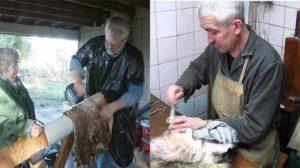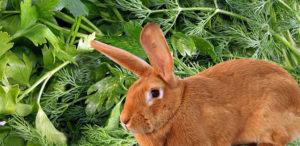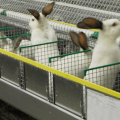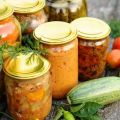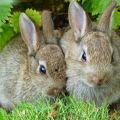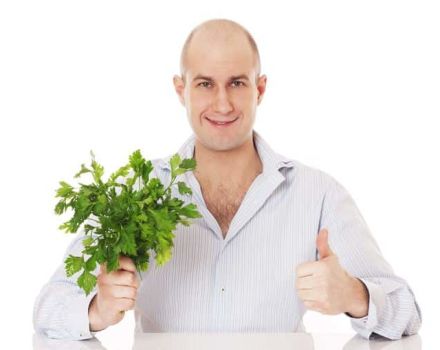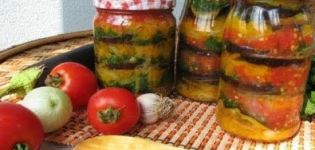Is it possible to feed rabbits with cabbage and how much to give it
Often, novice breeders and owners of decorative rabbits follow the stereotype about the nutrition of animals and feed them with cabbage and carrots. But they need a more varied diet, and cabbage makes up a small percentage of it. Rabbits feed on grass, grains and vegetables. They are given raw and boiled root vegetables. Different types of vegetables affect the digestion of rabbits in different ways. Whether they can eat cabbage and how much to give it is determined by the type of vegetable and the age of the animals.
Can rabbits be fed cabbage?
Cabbage contains folic acid and calcium, trace elements necessary for the health of adult animals and rabbits. Adult males and females get their moisture from the juicy vegetable. But instead of being useful, a cabbage head can harm the intestines of animals. The crude product in large quantities causes gassing. From fresh leaves, fiber enters the animal body. The substance is poorly absorbed if pets receive it regularly in large quantities.
Rabbits can be fed a variety of kale as long as the portion size is carefully controlled.
Colored
Chemical composition of cauliflower:
- vitamin C;
- vegetable protein;
- potassium;
- glucoraphanin.
This variety is the most gentle on digestion. 100-200 grams of vegetables a day helps to strengthen the immune system, heart, circulatory system and normalize digestion. Adult rabbits and rabbits are given whole inflorescences, and rabbits - chopped.

Beijing
A moderate amount of the vegetable contains vitamin C, stimulates the immune system and prevents constipation. The Beijing variety is rich in vegetable protein. The top leaves from the head of cabbage are added to the main feed, after removing thick veins. The permissible rate per day is 2 leaves.
White-headed
The variety contains glucoraphanin, an antibacterial substance that strengthens the gastric mucosa in moderate doses. 100 grams of fresh or boiled white cabbage satisfy the rabbit's daily protein requirement.
The cause of intestinal upset in animals is sulfur, which is also abundant in vegetables. The safe rate of the product is 200 grams per day.
The white-headed variety is sometimes referred to as prohibited vegetables for rabbits. The concentrated juice of the leaves causes diarrhea and bloating in animals. To balance the components and reduce the negative effect, the leaves are mixed with hay. With a constant disturbance of digestion, cabbage should be excluded from the diet of rabbits.
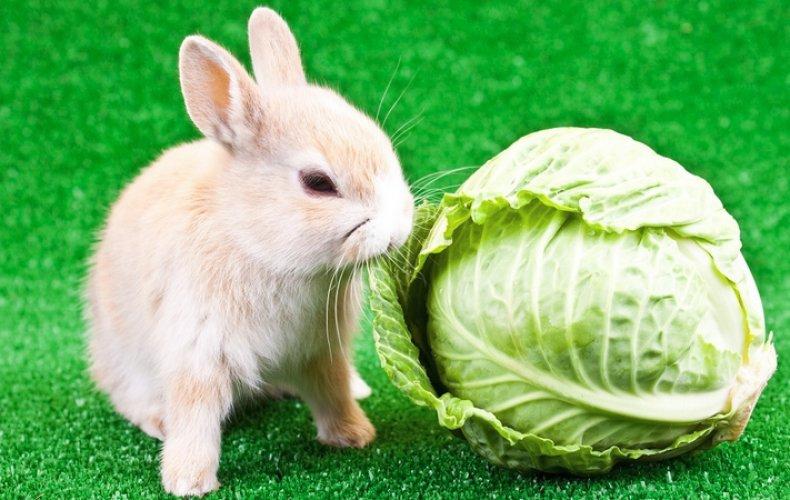
Redhead
The variety is dangerous due to its high content of harmful substances. Red cabbage causes serious digestive problems in rabbits.Constant overeating of the red variety causes poisoning and congestion in the intestines.
Kohlrabi
The variety surpasses other fodder vegetables in terms of juiciness and calorie content, provides the rabbit body with fiber. But kohlrabi stems contain a lot of glucose. Sugary foods cause fermentation in the intestines. Vegetables are less likely to affect digestion when added to silage or mixed with other feed.
In order for kohlrabi to be better absorbed, young stems 5-6 centimeters long are chosen and dried.
Pickled
In winter, sauerkraut will replace fresh cabbage. It serves as a source of ascorbic acid. Sauerkraut is given 100 grams 2-3 times a week.
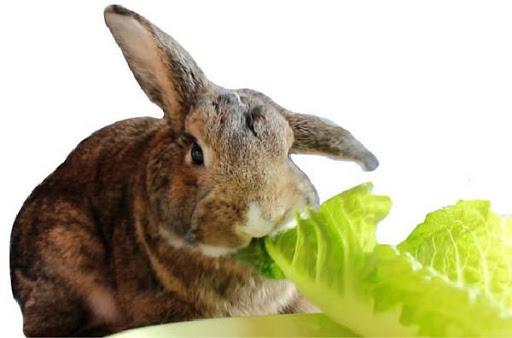
Homemade sauerkraut is made from natural raw materials, but may be salty for rabbits. To prevent pets from suffering from thirst after eating, you need to add water to the drinkers.
Frozen
Frozen cabbage is not recommended for rabbits. In the product stored in the cold, nutrients are not retained. The fibers of vegetables after defrosting do not stimulate the production of digestive enzymes. Frozen cabbage for rabbits is a useless load on the intestines.
Cabbage leaves
Cabbage leaves are considered a succulent food. Farmers mixed them with meadow grasses, and for the winter they harvested silage with the addition of carrots. Then, the natural mixture was replaced by compound feed. Cabbage leaves contain up to 4 grams of carotene - more than meadow grass. The share of carotene in cabbage and carrot silage is 5.1 grams.
Rabbits eat cabbage uncontrollably and then refuse other food. The hard, succulent leaves stimulate the production of digestive enzymes. As a result, animals suffer from flatulence. To avoid negative consequences, fresh leaves are dried a little, and then offered to rabbits.

Do not give animals leaves torn from the stump. They contain more substances that stimulate the production of gastric enzymes.
Marine
Kelp can be found as an additive in ready-made feed for ornamental rabbits. A pet can be offered crushed meal after soaking it in water.
Algae with a specific smell does not attract animals, therefore it is rarely used as a feed product.
Decorative
Flower-shaped cabbage is grown for garden decoration. It is beneficial due to its high selenium content. For the French, it is a delicacy that is pickled and added to salads. But the product is also not suitable for food for rabbits, since even young leaves are too tough. It will be difficult for animals to digest them.

Decorative leaf and cabbage varieties are frozen before cooking. They taste bitter without freezing, and after thawing they stimulate the production of carbohydrates. The delicacy will cause metabolic disorders in animals.
Feeding rules
In order for rabbits to digest healthy cabbage well, the allowable portion is selected according to age. Animals of fur, meat and decorative breeds have gentle digestion. Therefore, cabbage and leafy vegetables should be added to their diet gradually.
At what age can
Young animals are fed with fresh leaves from 3.5-4 months. Young rabbits still cannot digest tough fibers. The baby's diet is based on mother's milk. From it, the rabbits receive all the necessary nutrients. Complementary feeding begins at 1 month with grass, cereals and boiled root crops. It is better to save specific varieties of cabbage for mature age.
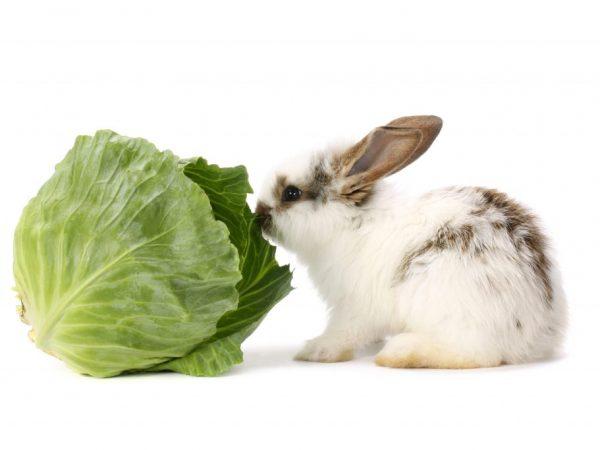
How much can you give
Young rabbits are given leaves of various varieties in small quantities - 30-50 grams or 1-2 leaves per individual per day. The condition of the pets is monitored for 7 days. With the addition of the weight of meat breeds, the daily portion is increased to 100 grams.For rabbits with a large weight, which assimilate the product well, you can increase the rate to 200 grams.
Safe daily allowance for adult animals:
- giving meat and skin, pregnant females - 400 grams;
- lactating rabbits - 500 grams;
- males - 400 grams.
If there is a mild disorder, but the animals are active, the amount of the vegetable is reduced and the portion of the other components is increased. If the rabbits are lethargic and often vilify, then the product is not suitable for them. Cabbage leaves are not included in the diet of rabbits. Most often they are added to feed in the fall, as an additional vitamin component.
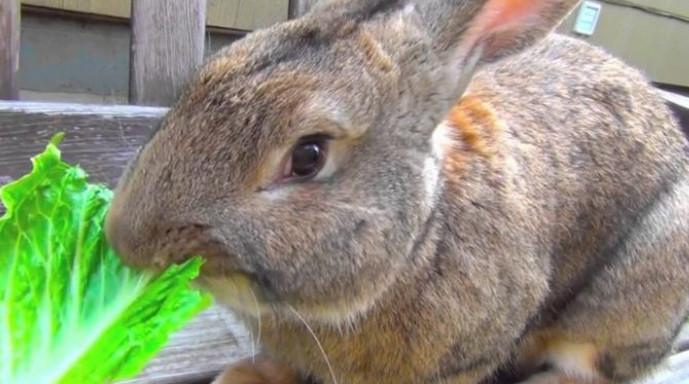
How to feed properly
Fresh cabbage should be inspected before serving the rabbits. Whole heads of cabbage are suitable for animal food, without mold and traces of insect activity. Only a first-class product is suitable for feeding rabbits. The health of the livestock and the profit that it will bring depends on the quality of food.
Farmer breeds have a stronger digestion. For an upset stomach, the proportion of cabbage in the diet can be adjusted by increasing the amount of dry food.
Ornamental rabbits benefit from Brussels sprouts. It is better to grow it yourself so that the animals feed on a product that has not been treated with chemicals. The Brussels variety is given in small quantities, since renal failure develops from it. Savoy cabbage is also suitable for ornamental rabbits. The fibers of the variety are softer than white cabbage, and contain more nutrients. Overeating savoy cabbage can also lead to bloating in pets. Therefore, it should be added to the diet in small portions.
To diversify your diet and reduce the strain on the intestines, it is good to alternate types of vegetables. It is better for miniature breeds to give softer varieties - colored and kohlrabi.
Why you can not give a cabbage stump
In the solid base of the cabbage head, active substances and plant waste products accumulate. Their high concentration negatively affects the health of rabbits. The stem fibers are too hard and contain more sulfur than the outer leaves. Even a small amount of crushed stalk can lead to poisoning of a pet, especially a miniature breed.
